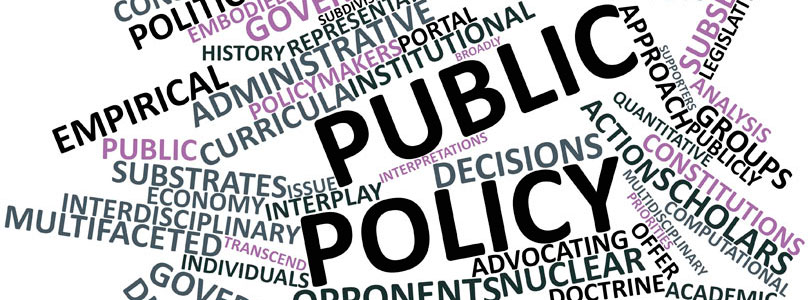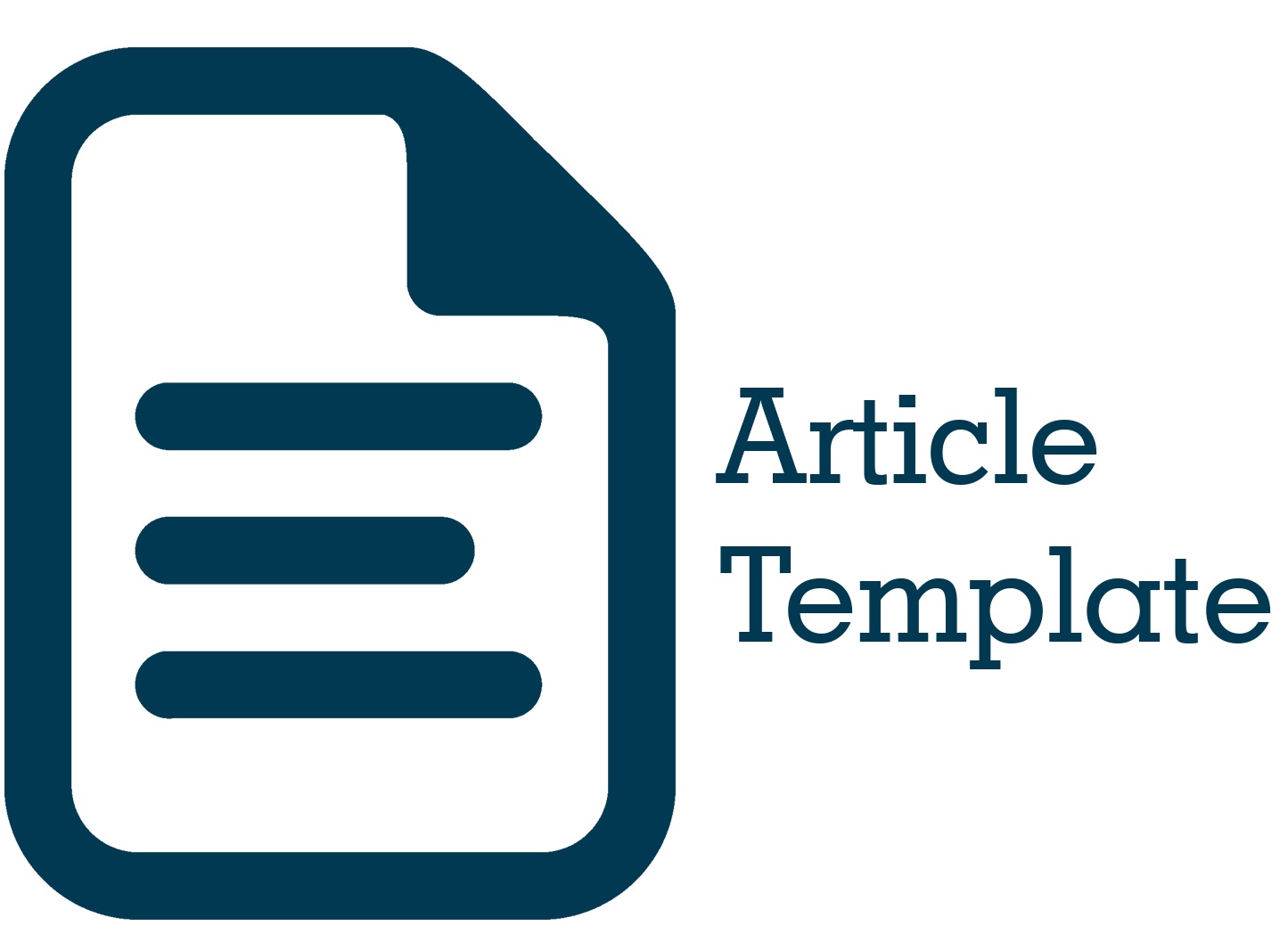Evaluasi Penerapan Pemungutan Pajak Kendaraan Bermotor (PKB) Melalui Layanan Samsat Keliling
DOI:
https://doi.org/10.51135/PublicPolicy.v4.i1.p264-281Keywords:
Effectiveness, Contribution, Motor Vehicle Tax, Mobile SamsatAbstract
This research aims to find out how to evaluate the implementation of the SAMSAT Keliling service program to the receipt of motor vehicle taxes on UPTD. Pendapatan Daerah Wilayah Kota Kupang. This study is a qualitative descriptive study using primary and secondary data. The primary data in question is an interview conducted to find out more about the collection of motor vehicle taxes through SAMSAT Keliling, while the secondary data in question is the target data and realization of motor vehicle taxes in Kupang City in 2017-2020 obtained from UPTD. Pendapatan Daerah Wilayah Kota Kupang. Data analysis techniques in this study use the analysis of the Effectiveness of MOBILE SAMSAT through interviews and analysis of the effectiveness of PKB acceptance and the contribution of SAMSAT Roving then interpret it in the classification of effectiveness and contribution criteria. The results of this study the effectiveness rate of PKB receipts is effective and the effectiveness of motor vehicle tax collection through THE MOBILE SAMSAT service is effective and the contribution of motor vehicle tax revenue through THE SAMSAT Mobile service is very contributing during the last 4 (four) years i.e. 2017-2020.
Downloads

Downloads
Published
How to Cite
Issue
Section
License
Authors whose manuscripts are published in the Journal of Public Policy must agree to the following terms;
- Publication rights for all manuscript materials published are held by the editorial board with the author's consent.
- The legal formalities for digital access to the Journal of Public Policy are subject to the Creative Commons Attribution Sharealike (CC BY SA) license, which means the Journal of Public Policy has the right to store, redistribute, reformat, manage in a database, maintain, and publish the manuscript without seeking permission from the author as long as the author's name is included as the copyright owner.
- Published manuscripts are open access for the purpose of disseminating research results. Besides this purpose, the editorial board is not responsible for copyright law violations.


.png)



